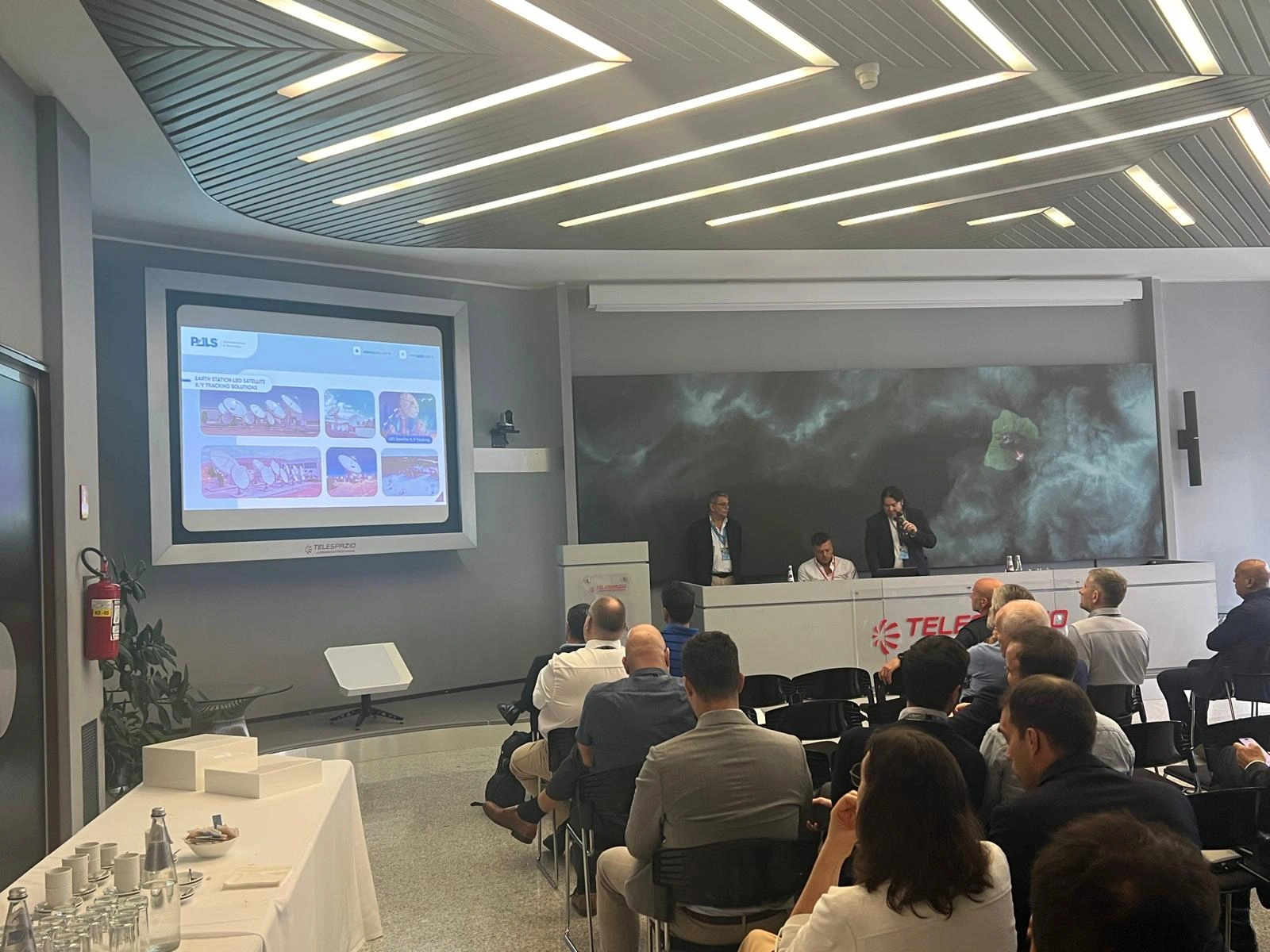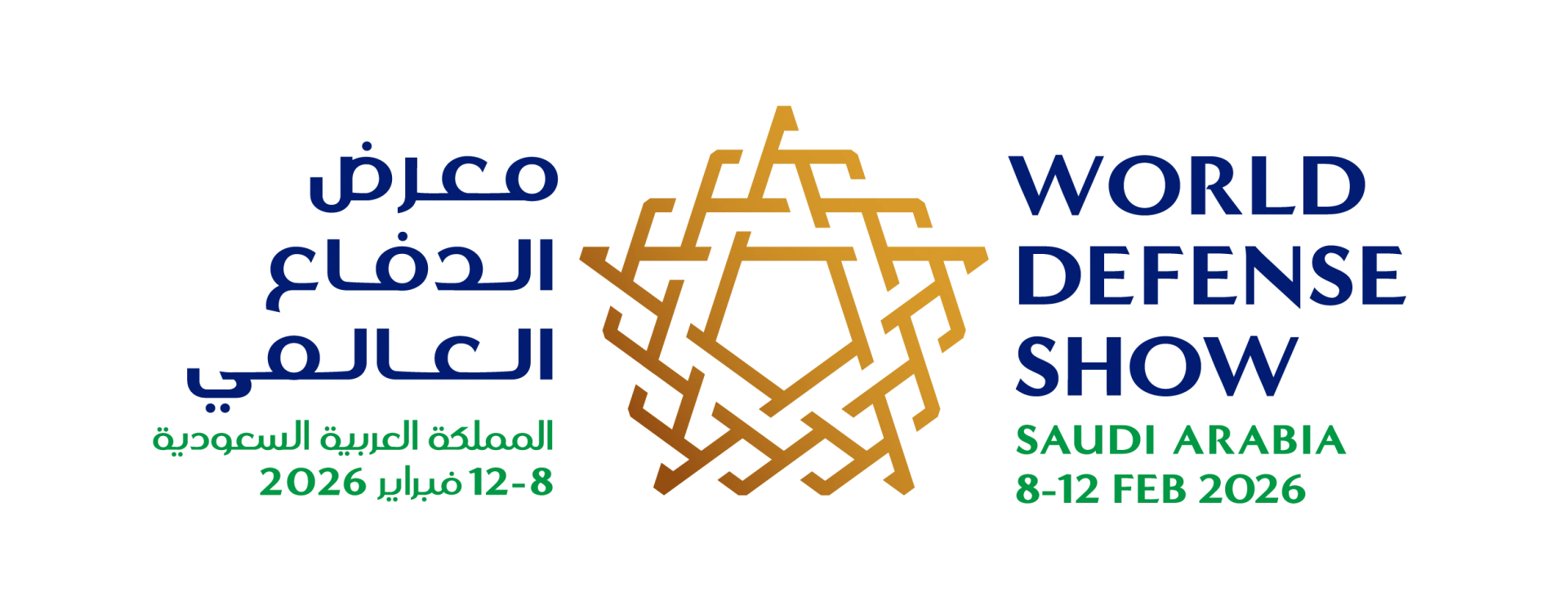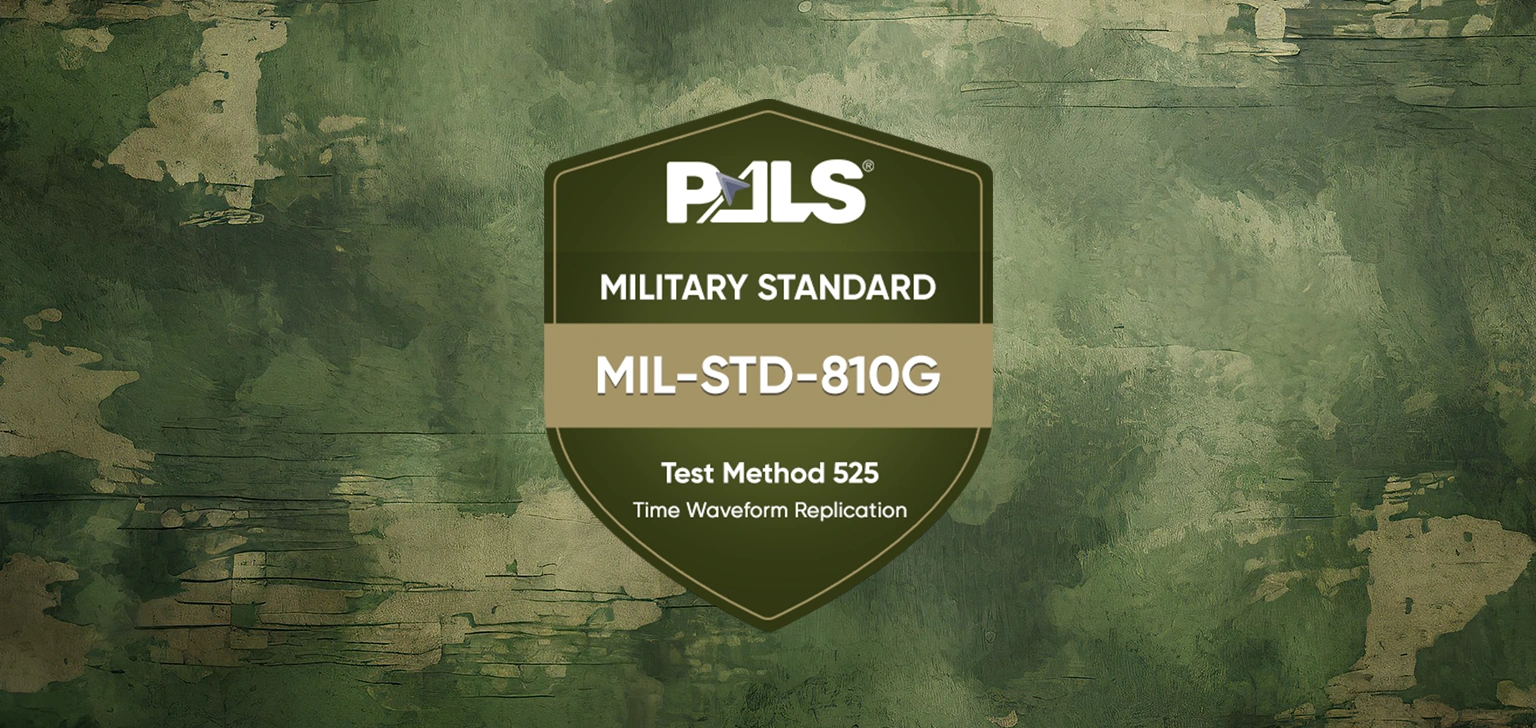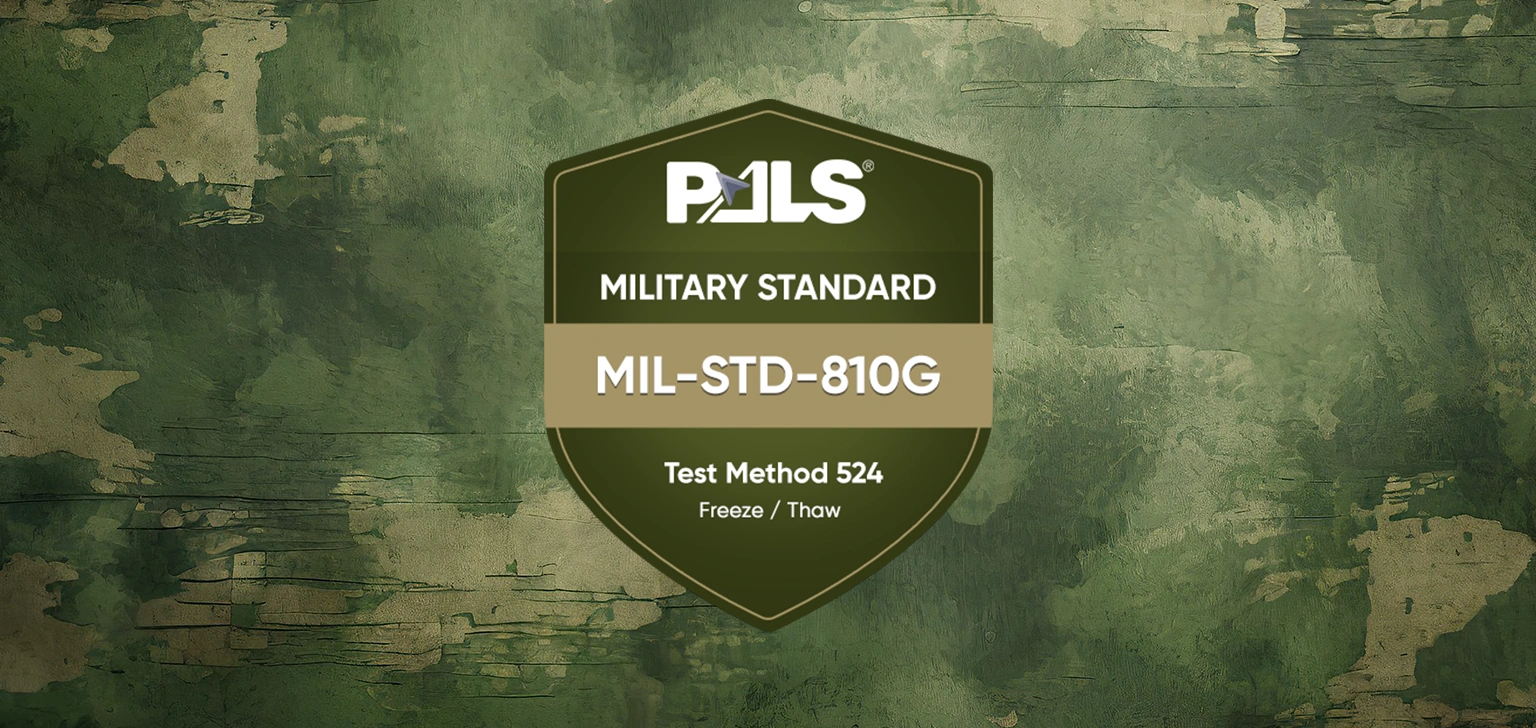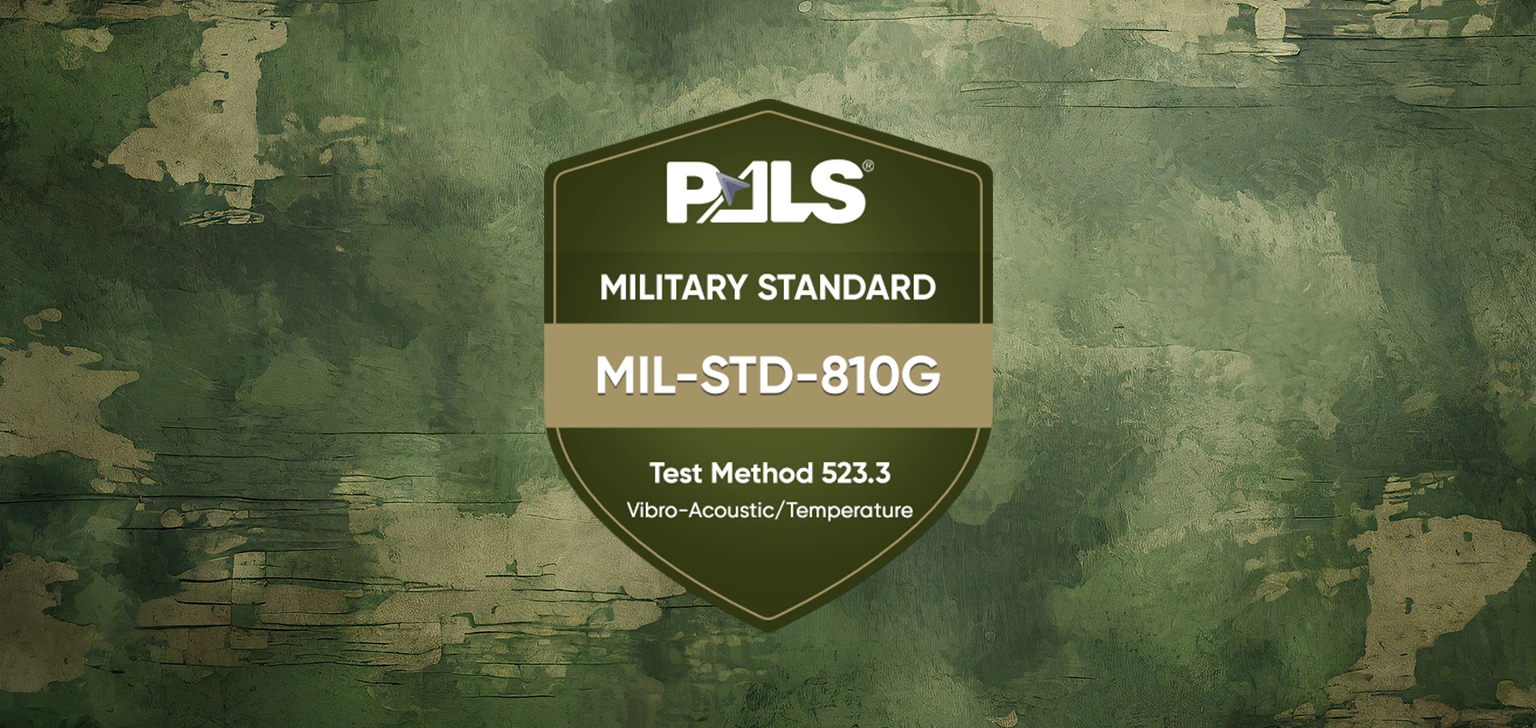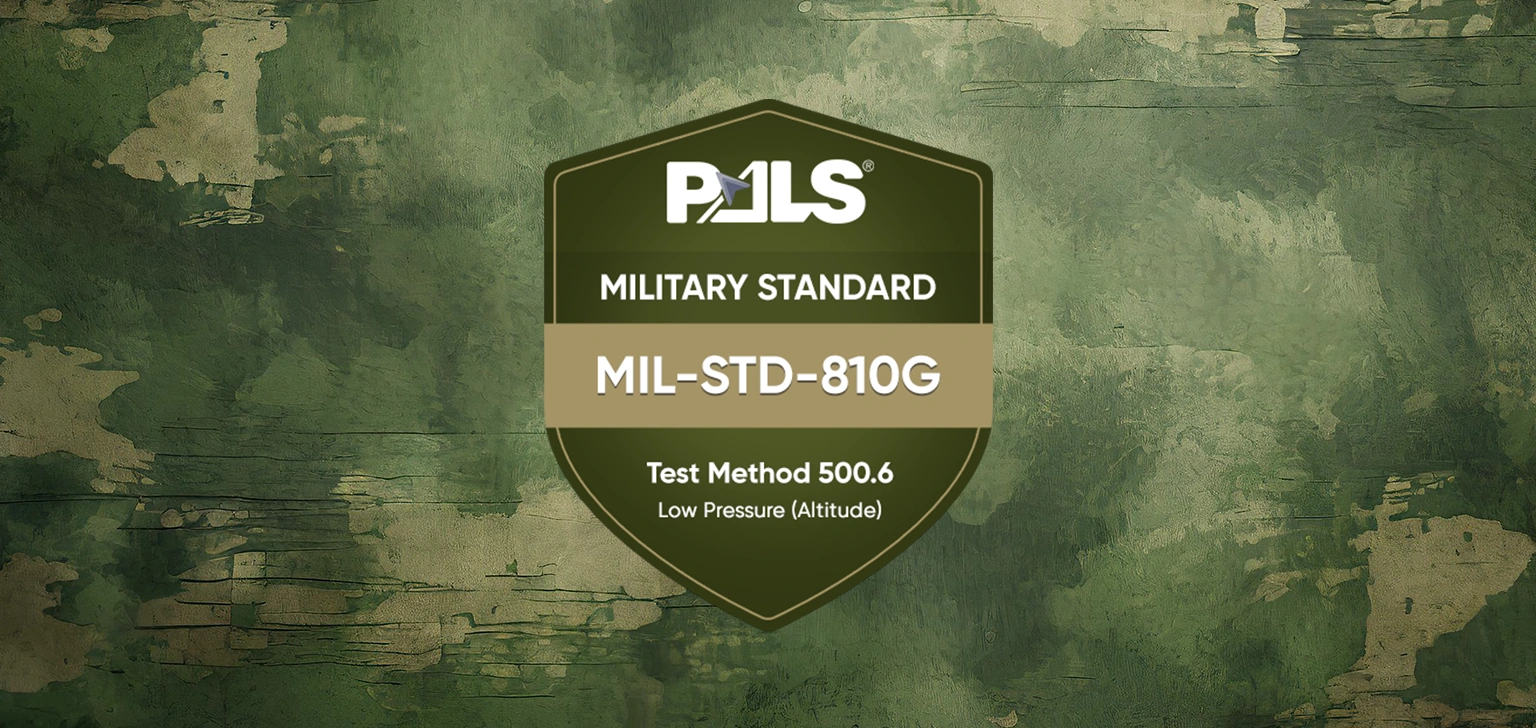
MIL-STD-810G, Test Method 500.6 – Low Pressure (Altitude)
We will proceed to elaborate the “Methods” and “Procedure”s of environmental standards of MIL-STD-810 in our article series. Instead of writing down the obvious information already given in the standard, we will be discussing more practical information on product design, features regarding “Equipment Under Test” (EUT), and conducting tests.
Test Method 500.6 – Low Pressure (Altitude)
This method uses low pressure (altitude) tests to determine if materiel can withstand and/or operate in a low-pressure environment and/or withstand rapid pressure changes.
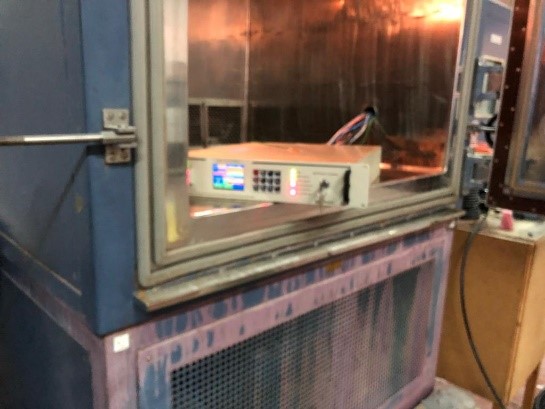
Picture: PAC-550-MIL is under the actual Altitude test. For more info: https://pals.com.tr/product/pac-550-mil
Procedures of this method are as follows:
Procedure I.EUT stored and/or operated at high ground elevation sites.
Procedure II. EUT transported or operated in pressurized or unpressurized areas of aircraft.
Procedure III. EUT is exposed to rapid or explosive decompression and, if so, to determine if its failure will damage the aircraft or present a hazard to personnel.
Procedure IV. carried externally on aircraft.
Tips and Tricks;
-As a rule of thumb tailoring is essential. Meaning setting EUT test limits with customers beforehand. Altitude, pressure, and temperature limits are variable based upon the version of the standard.
-Set pass/fail criteria clearly with the customer; some EUT may intend to continue to its operation, some may intend to lose its integrity such as release valves.
-Other than altitude levels main difference of execution between procedures is altitude change level.
-Increasing altitude means decreasing environment pressure in the chamber which EUT put in. The difference between EUT internal and external pressure creates force applied EUT surfaces. Also applies force to sealants such as o-rings and lubricants.
-If EUT is designed to be sealed enclosure: make sure properly sized rings are chosen and ring cavities are enough to hold rings in place. Calculate the force needed to apply to rings and extension of rings are matched with cavities as well as proper torque needed to apply joint screws.
-Lubricants tend to lose moisture in pressure changes. This causes an alteration in viscosity. Checks MSDS paper of lubricant. (This also applies to temperature tests)
-Consider adding re-pressurization and/or de-pressurization measures to EUT design. This may vary from a simple small hole (have you ever noticed small holes in commercial aircraft windows?) up to rapid-release valves depending on intention of use.
DID YOU KNOW?
PALS Electronics has experts on all subjects of test engineering, mechanical or electronic design, environmental condition engineer, system engineer, etc. PALS provides consulting, training, tailoring, test plan, test engineering, test services in all phases of your project. Please feel free if you have any questions or inquiries from: https://pals.com.tr/contact
by System Integration Engineer, Özdemir Öztürk
